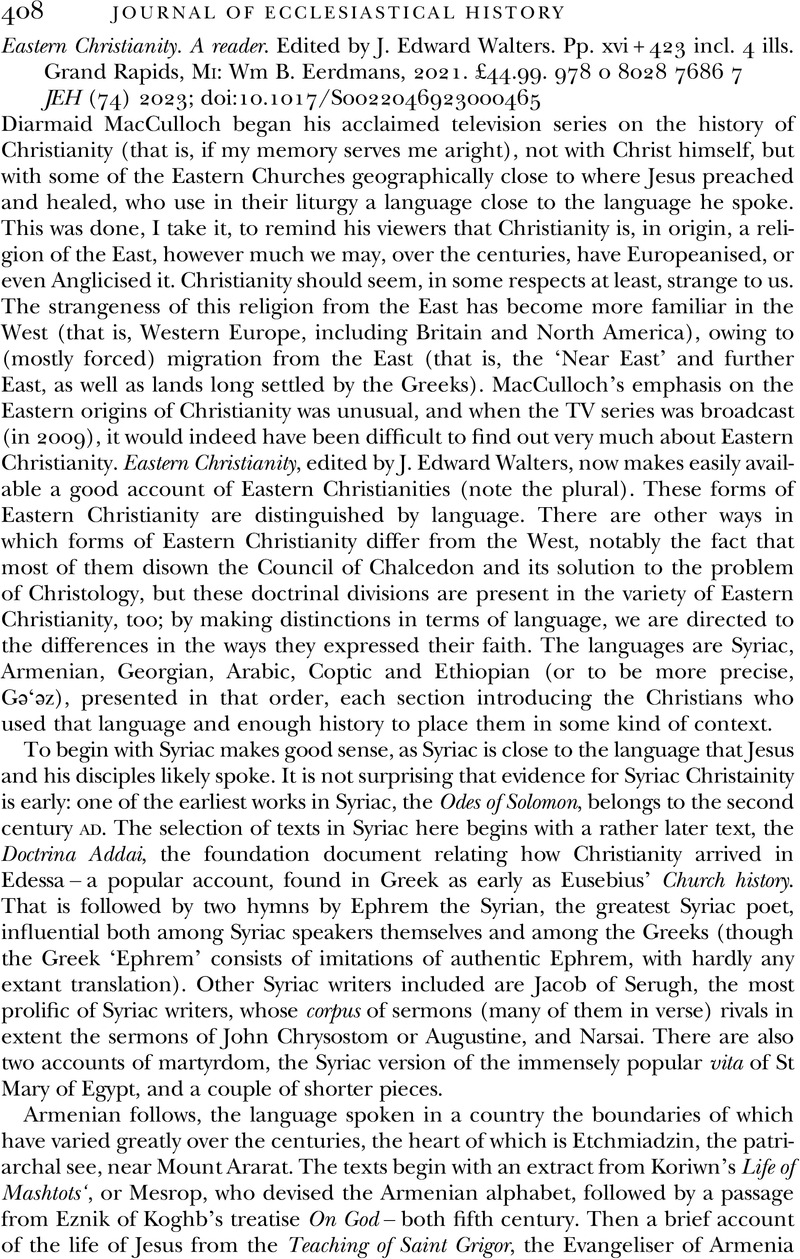Crossref Citations
This article has been cited by the following publications. This list is generated based on data provided by Crossref.
Hudzenko, O. G.
and
Dobrodum, O. V.
2024.
Spiritual Quest of Ukrainian Thinkers of the 16th – Early 17th Centuries in the Context of the Doctrine of Theosis.
Anthropological Measurements of Philosophical Research,
p.
112.




